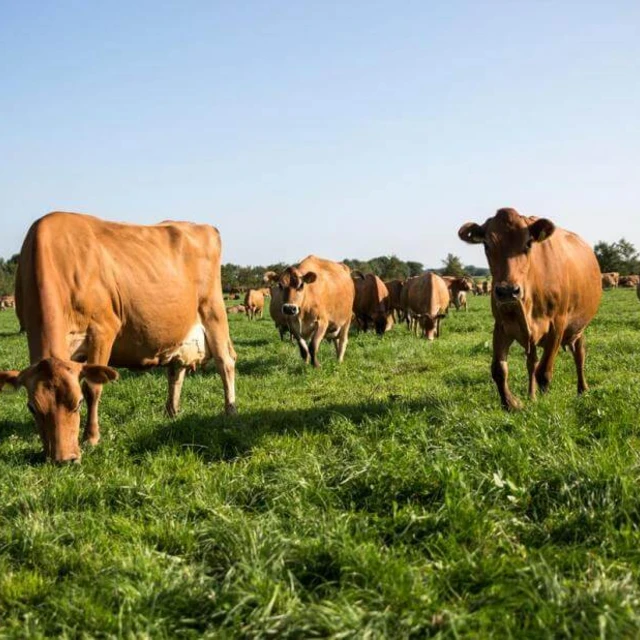Extracting GAGs efficiently and sustainably with enzymes
GAGs are extracted from animal sources, such as lungs, skin and other tissues, and are released by either alkaline or enzymatic hydrolysis.
Using enzymes to extract GAGs has many advantages. Enzymatic extraction reduces costs, increases yields and results in cleaner GAGs. It’s also a much more sustainable process.



